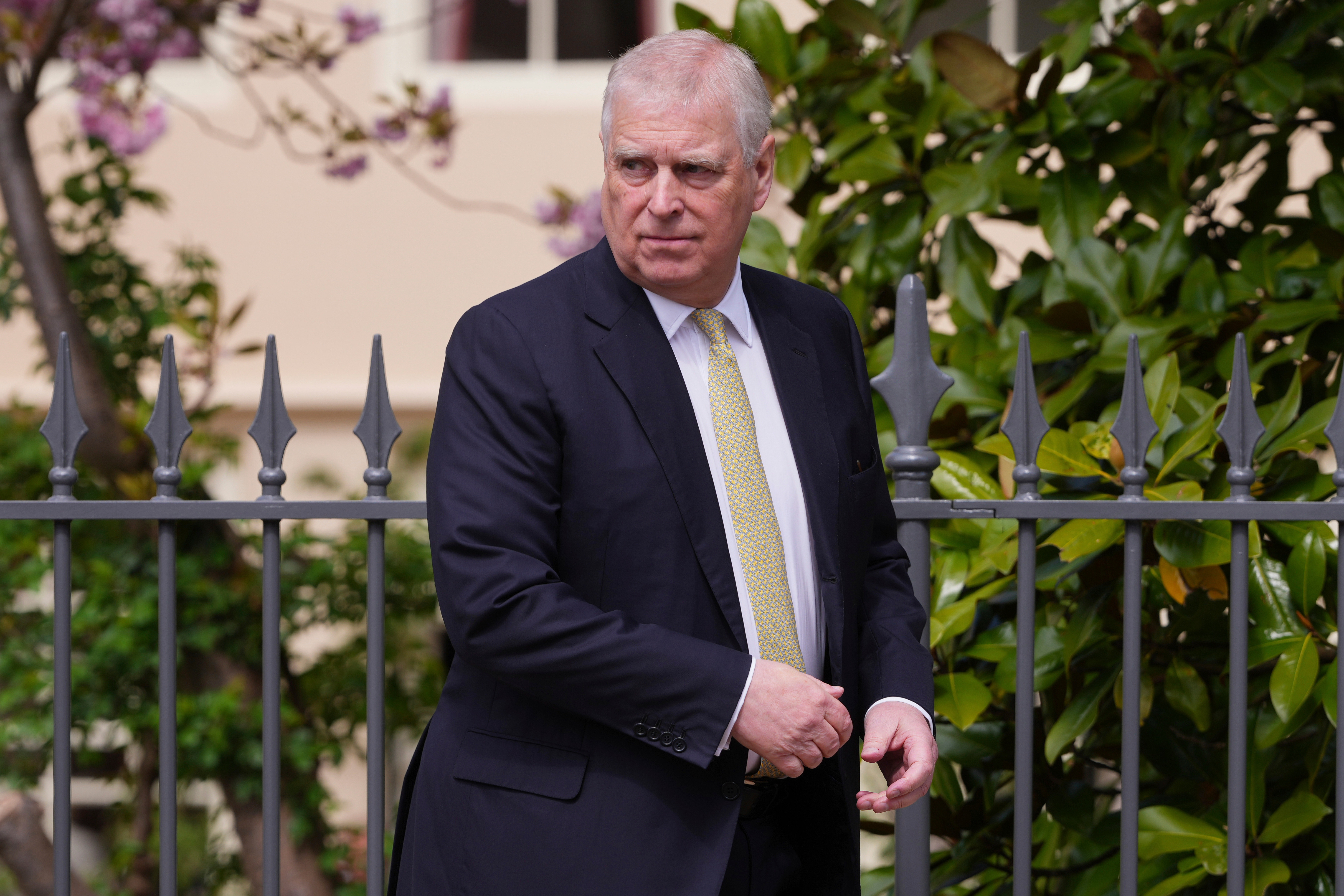What's Happening?
China has announced the removal of its long-standing VAT exemption on platinum imports, effective November 1. This policy change ends a two-decade framework where platinum imported by the China Platinum Company (CPC) was exempt from 13% VAT. The reform
creates a single-tiered system for the local platinum market, impacting trading dynamics. Heraeus Precious Metals notes that the harmonized tax system is expected to enhance local price discovery and formalize trade, driving liquidity from informal channels to formal exchanges. However, the transition may prompt increased informal market activity in the short term.
Why It's Important?
The VAT reform in China is a significant shift in the global platinum market, potentially affecting international trade and pricing. By imposing VAT on all platinum imports, China aims to streamline its market and reduce reliance on informal trading channels. This change could lead to increased transparency and efficiency in the platinum market, benefiting both domestic and international stakeholders. The reform may also influence global platinum prices and trading volumes, impacting industries reliant on this precious metal.
What's Next?
As the market adjusts to the new tax system, volatility is expected, with potential short-term surges in platinum imports as buyers front-run the change. The reform may lead to increased formal trading activity on platforms like the Shanghai Gold Exchange, enhancing market stability. Stakeholders will likely monitor the impact on platinum prices and trading volumes, with potential adjustments in supply chain strategies. The reform could also prompt other countries to consider similar measures to enhance market transparency and efficiency.
Beyond the Headlines
The VAT reform reflects broader trends in global trade policy, where countries are increasingly seeking to formalize and regulate markets to enhance transparency and efficiency. The move may also have implications for China's broader economic strategy, as it seeks to balance domestic market control with international trade relations. The reform highlights the importance of regulatory frameworks in shaping market dynamics and influencing global trade patterns.















